Liverpool's best European XI: Rush, Gerrard, and the golden 80s
With Liverpool set to face Real Madrid in Saturday's Champions League final, theScore takes a look back at the players who helped the Reds become a staple of European football.

GK: Ray Clemence
Clemence is considered the greatest goalkeeper in Liverpool's storied history, winning three European Cups, two UEFA Cups, and a Super Cup.
Signed from Scunthorpe for a measly £18,000 in 1967, Clemence became an ever-present figure in Bob Paisley's lineup. He would go on to produce magnificent saves in high-stakes situations, denying Jupp Heynckes' penalty in the 1973 UEFA Cup final before stymying Borussia Monchengladbach's Uli Stielike in the 1977 European Cup final.
RB: Phil Neal
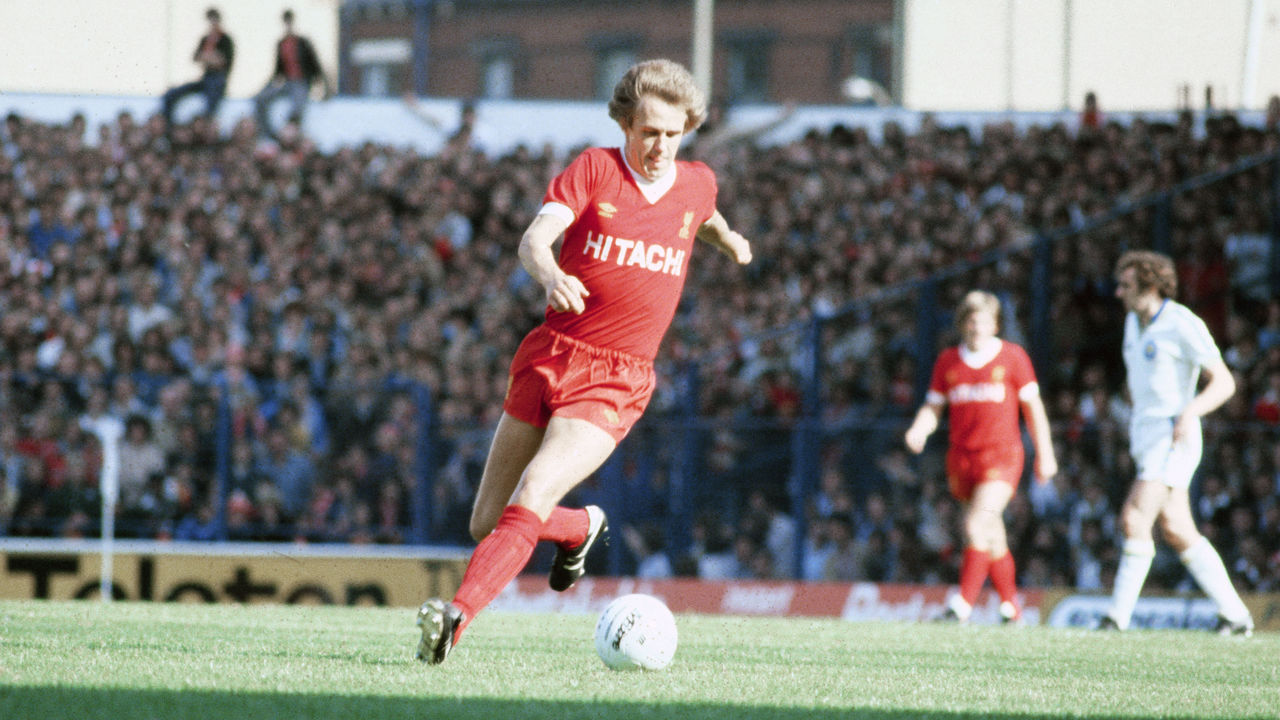
This man is Liverpool royalty. No one has won more silverware for the Reds than Neal, who collected 23 trophies during his 11-year stint on Merseyside. He was instrumental in Liverpool's first four European Cups and just as influential in the league, making 365 consecutive appearances in the First Division. Although he was a full-back by trade, Neal scored in the 1977 and 1984 European Cup finals to ensure his place in the club's record books.
CB: Alan Hansen
Far removed from the traditional hack-saw defending and burly machismo that defined English football in the 1970s and '80s, Hansen led a trophy-laden career with precise tackling and ease of movement. He was known as a graceful centre-back who could play the ball on the ground and time a perfect challenge. He won the European Cup on three occasions and largely influenced Liverpool's style of play.
CB: Emlyn Hughes
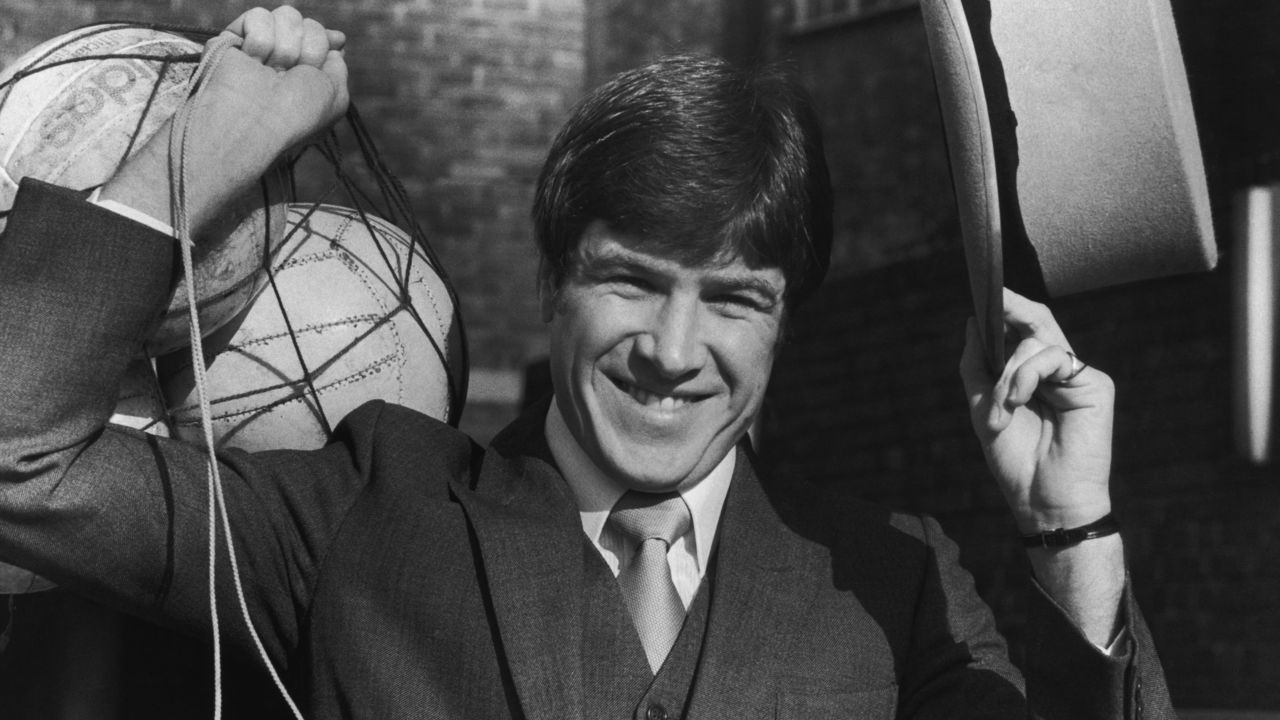
Hughes captained Liverpool to the first of its five European Cups, but it was his raw personality and energetic presence on the pitch that left an indelible mark in Liverpool's consciousness. He earned the nickname "Crazy Horse" for his wild forays up the pitch. Initially signed as a left-back, Hughes ran the midfield before eventually settling into the centre of defence. Despite his withdrawn role, Hughes still managed to score 49 goals in 665 appearances for the Reds.
LB: Alan Kennedy
Although he may not have possessed the silky ball-playing skills that manager Paisley coveted, Kennedy contributed a great deal to Liverpool's continental success. The left-back's marauding runs up the pitch kept his opposing number on high alert, and his steely determination made him a cult hero. He overcame a broken wrist to score the only goal of the 1981 European Cup final against Real Madrid.
CM: Steven Gerrard
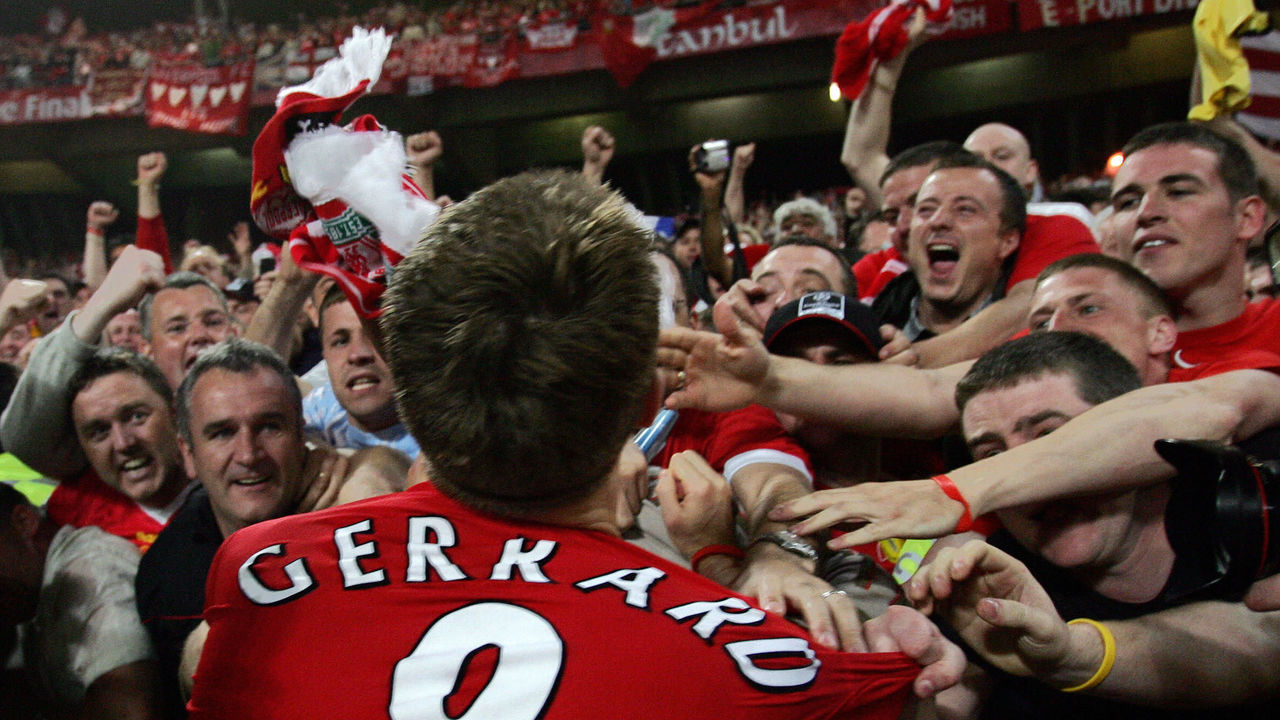
Gerrard was Liverpool's inspiration for nearly two decades. He regrettably left Anfield without a Premier League title to his name, but he achieved more than enough on the big European nights to fill his cabinet.
Everyone can recall the fine header that kick-started Liverpool's remarkable comeback in the 2005 Champions League final. Gerrard always lifted his teammates and gave them a reference point.
"He was a leader and having him on the pitch always gave us great belief," former teammate Didi Hamann wrote in the Guardian.
Much like Francesco Totti, who resisted offers from prestigious clubs to remain at his hometown Rome, Gerrard eschewed tempting invitations from Europe's elite to lead the Reds for 17 seasons.
CM: Graeme Souness
His snarly and bear-like veneer was always at odds with the smoothness of his play. Souness was a living dichotomy, an aggressive midfielder with both a fighting spirit and an elegant touch. He threaded passes with point precision - watch his perfect ball to Kenny Dalglish in the 1978 European Cup final - and shook off challenges with utter ruthlessness.
Souness is celebrated on Liverpool's official website for his "his ice-cool temperament" in Europe's most intimidating climates and is hailed for the time he left one player in a cup semi-final with a broken jaw.
CM: Ray Kennedy
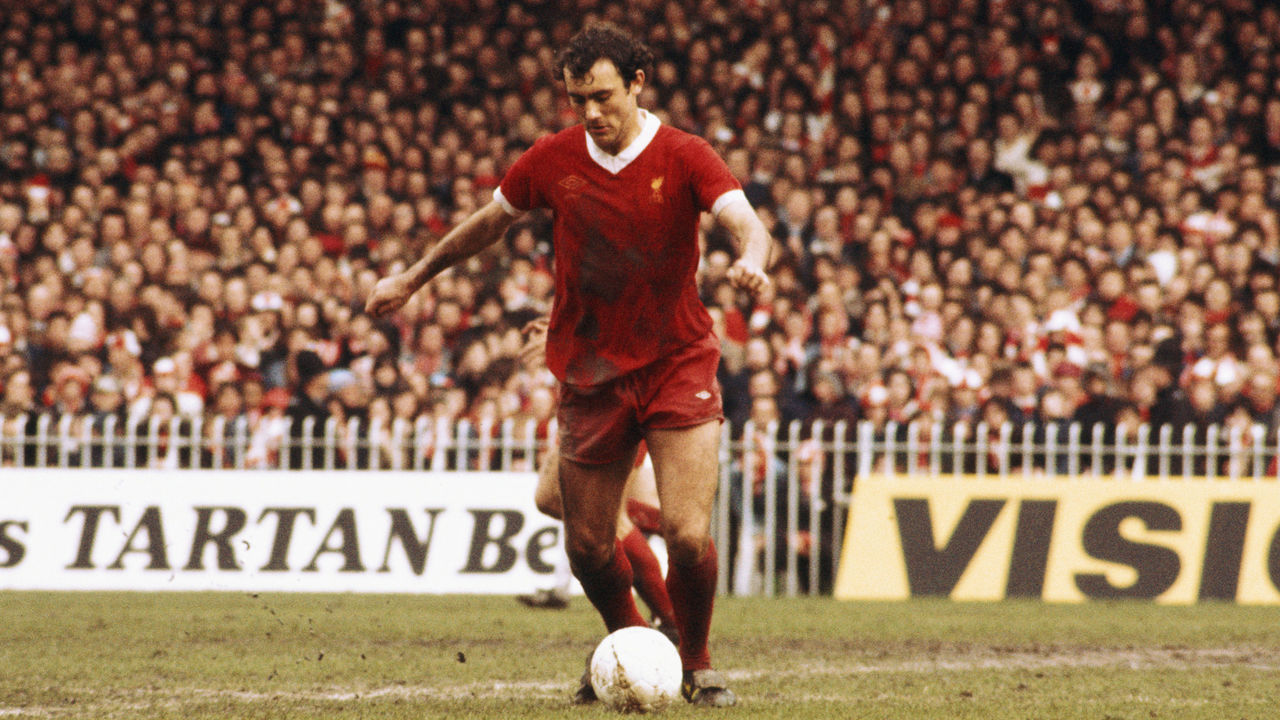
One of Paisley's strokes of genius was his decision to convert Kennedy into a left-sided midfielder. Kennedy had established himself as a striker for Arsenal before arriving on Merseyside in 1984, but struggled to reach his potential in the side. His move to midfield allowed him more playing time and, more importantly, showed he was a much more complete footballer than previously imagined. He collected three European Cups in his new position while scoring nearly as many goals from midfield as he did as a centre-forward for Arsenal.
CF: Kenny Dalglish
Adored at Anfield and affectionately anointed King Kenny, Dalglish forged a legend in Liverpool's colours that few could rival. He scored 172 goals for the Reds and also led them as a player-manager in the dark years after the Heysel disaster. He scored the goal that clinched the 1978 European Cup against Bruges - the first of his three major continental honours - and in several domestic cup finals.
But to label him a poacher would be a disservice to the man. Dalglish wasn't a burly centre-forward in the traditional sense. He stood below 6-feet, could play with both feet, and held up play like a modern-day striker.
"Dalglish's secret weapon was a speed of thought that blended with a technical ability to create arguably the greatest post-war British forward," wrote Daniel Storey in Football 365.
It was Dalglish's selflessness - and later his leadership - that made him a legend.
CF: Kevin Keegan
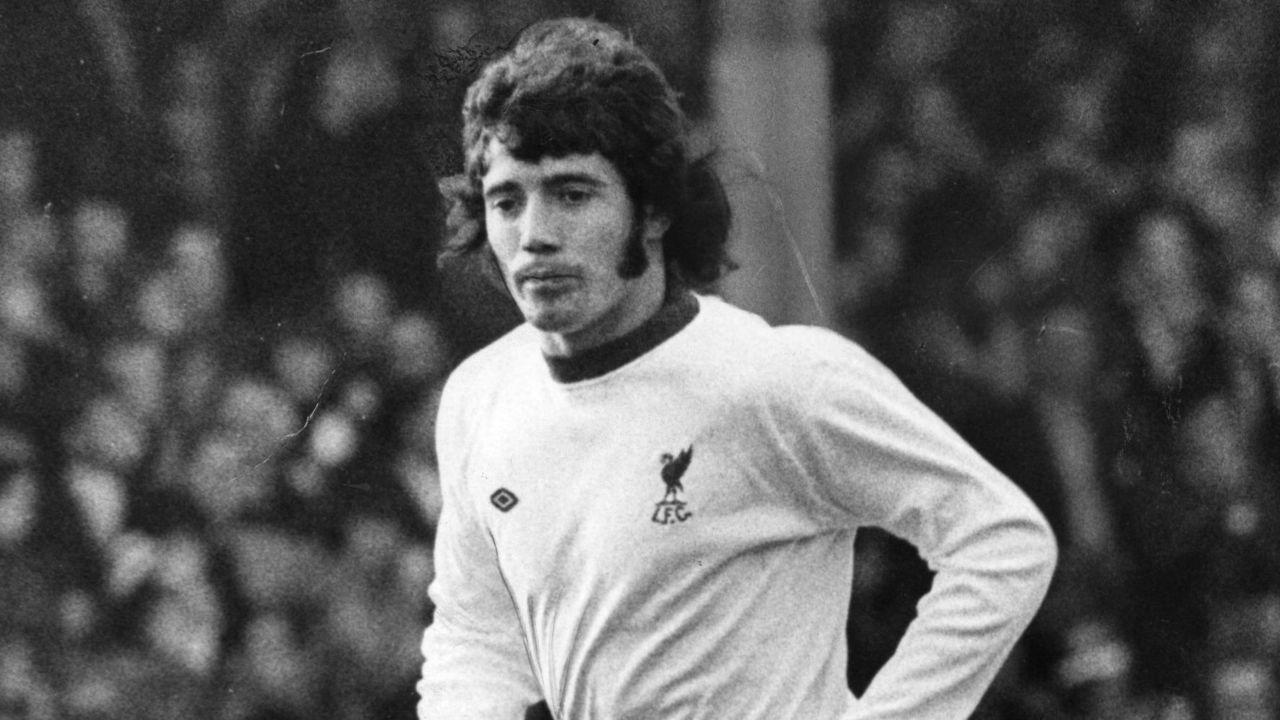
Before Dalglish, there was Keegan.
His famous perm, coupled with his attacking style of play, made him an icon of 1970s football. Keegan formed a lethal partnership with John Toshack as Liverpool began its assault on European silverware. He was one of the main stars of Bill Shankly's last hurrah as manager.
Keegan's decision to quit the club in 1977 sparked unrest in the stands, but he was a big part of Liverpool's early success in European competition, winning the UEFA Cup twice and Ol' Big Ears before leaving for Hamburg.
ST: Ian Rush
There may never be a more prolific striker to wear a Liverpool kit.
Whereas Dalglish and Keegan displayed their creative sides, Rush hunted down the goal with singular determination. His 346 goals are, by far, the most of anyone in Liverpool's history. Rush had to bide his time before he earned the trust of manager Paisley, waiting nine matches before scoring his first official goal.
His pace and calmness in front of goal were a lethal combination. It was no surprise he became the first Brit to win the Golden Shoe.
"If you compare him with his contemporaries, Gary Lineker, Robbie Fowler, and Alan Shearer were all capable of scoring 25 goals a season and were no different from Rush in that respect," wrote John Barnes in the Guardian. "But he was a prodigiously hard worker, constantly closing down defenders and trying to nick the ball off goalkeepers."
(Photos courtesy: Getty Images)
HEADLINES
- Latest transfer news and rumors: Isak not allowed to leave Newcastle
- Running analysis and grades for every major summer transfer
- Ballon d'Or nominees: Men set for new winner, Bonmati eyes 3-peat
- Jorge Costa, Champions League-winning captain of Porto, dies at 53
- Mourinho's Fenerbahce to face Feyenoord as big names clash in UCL qualifying